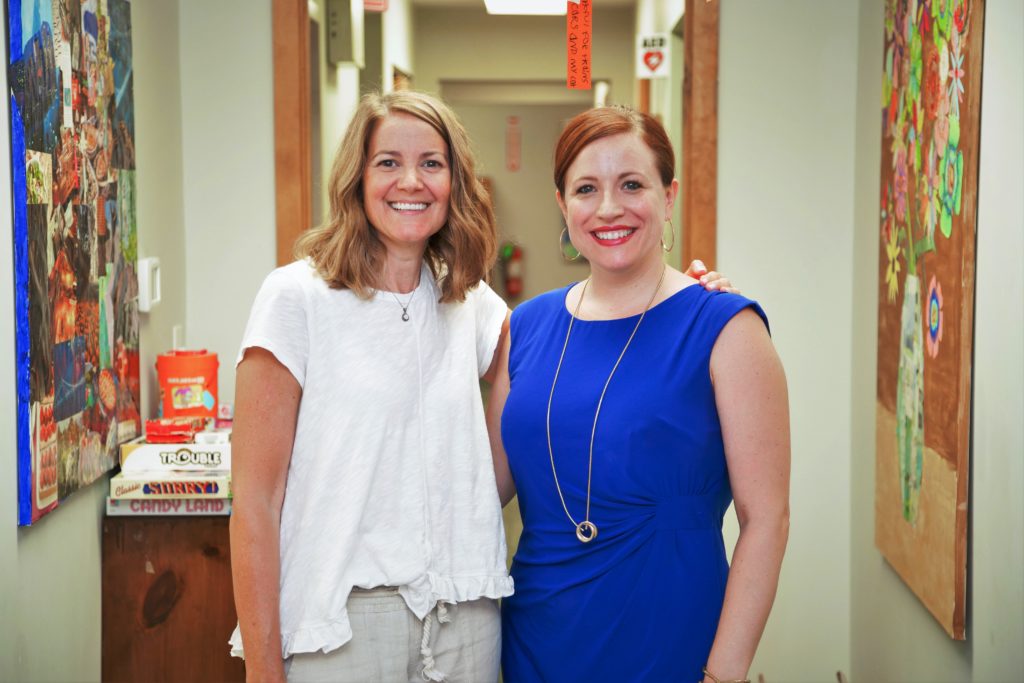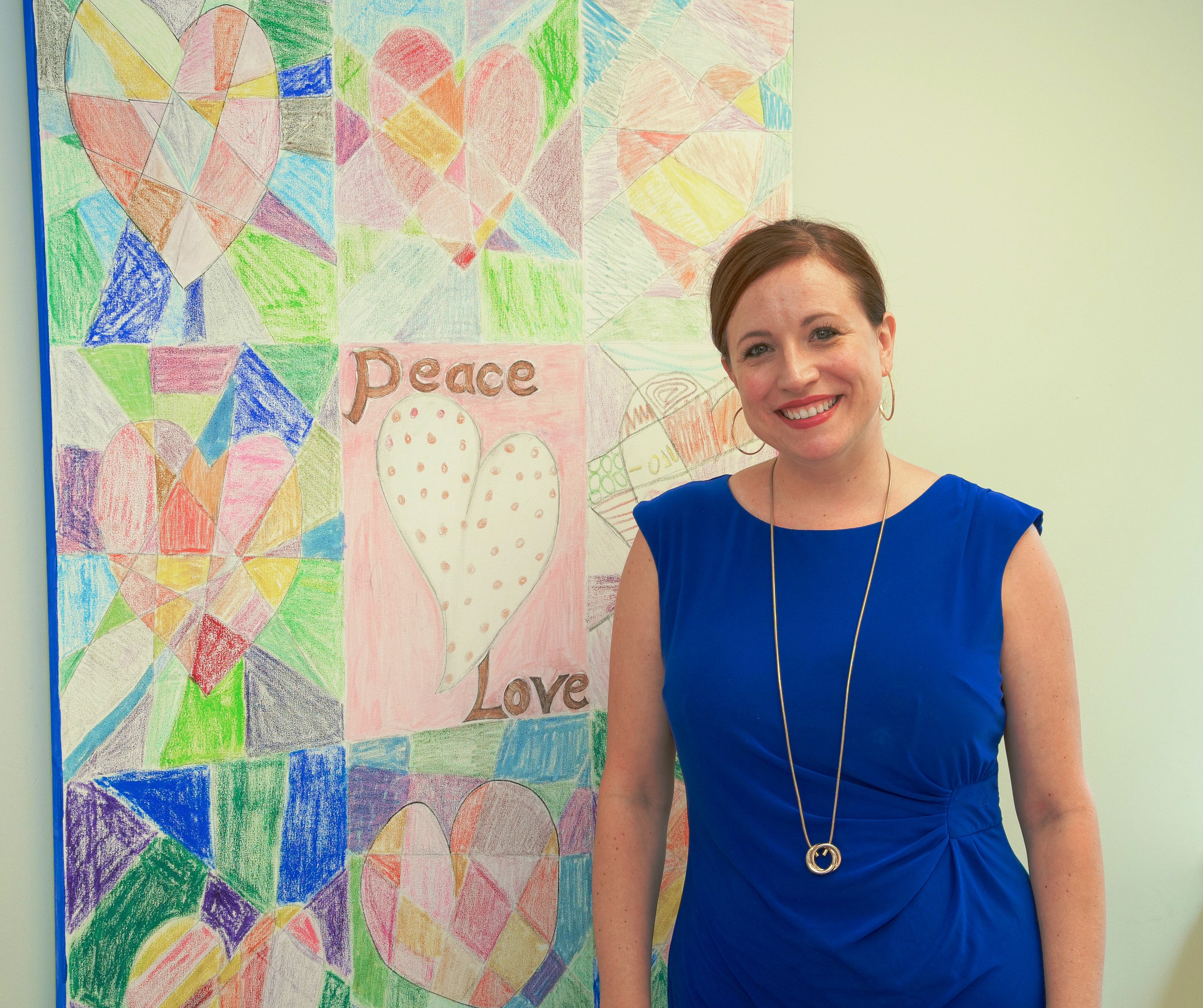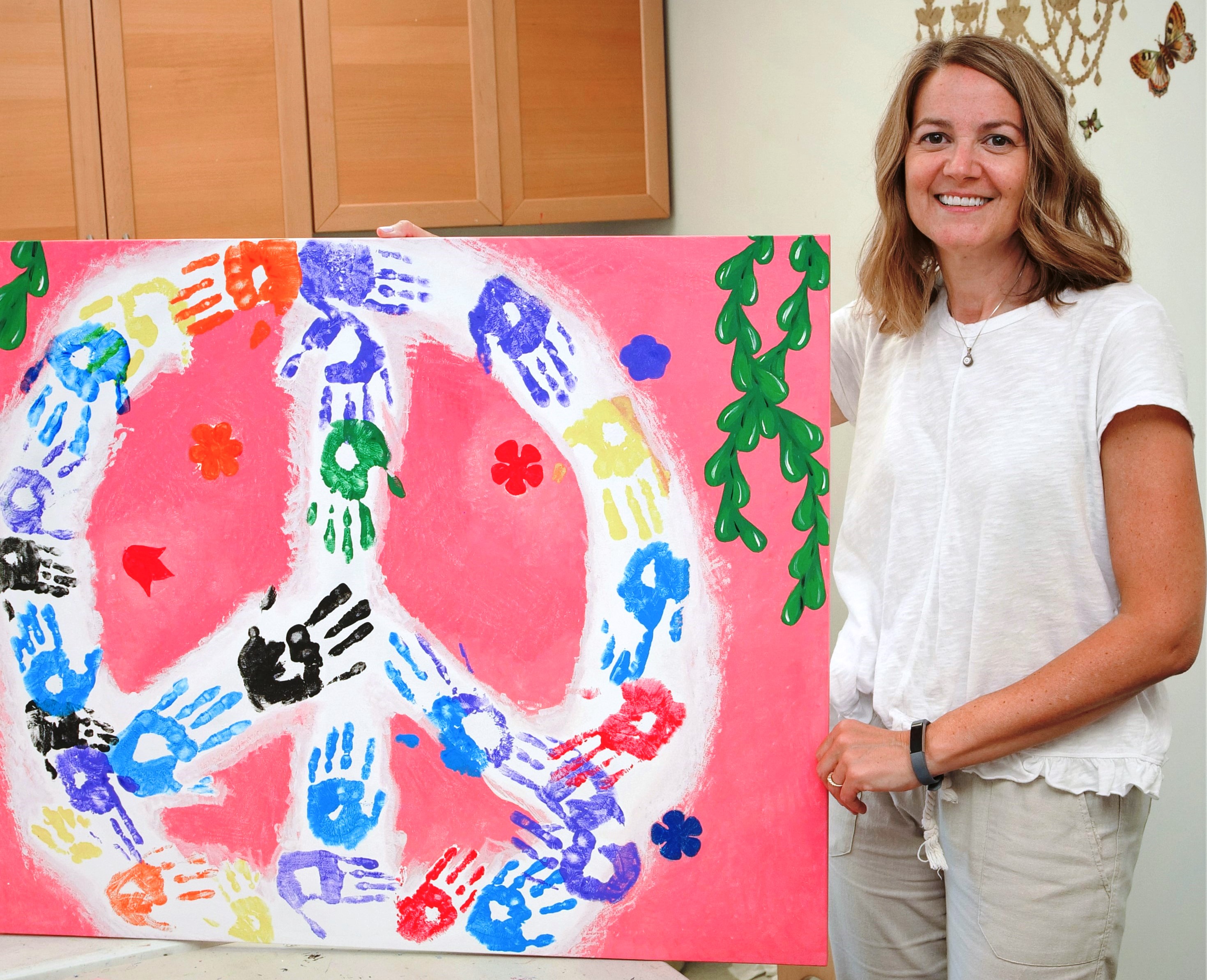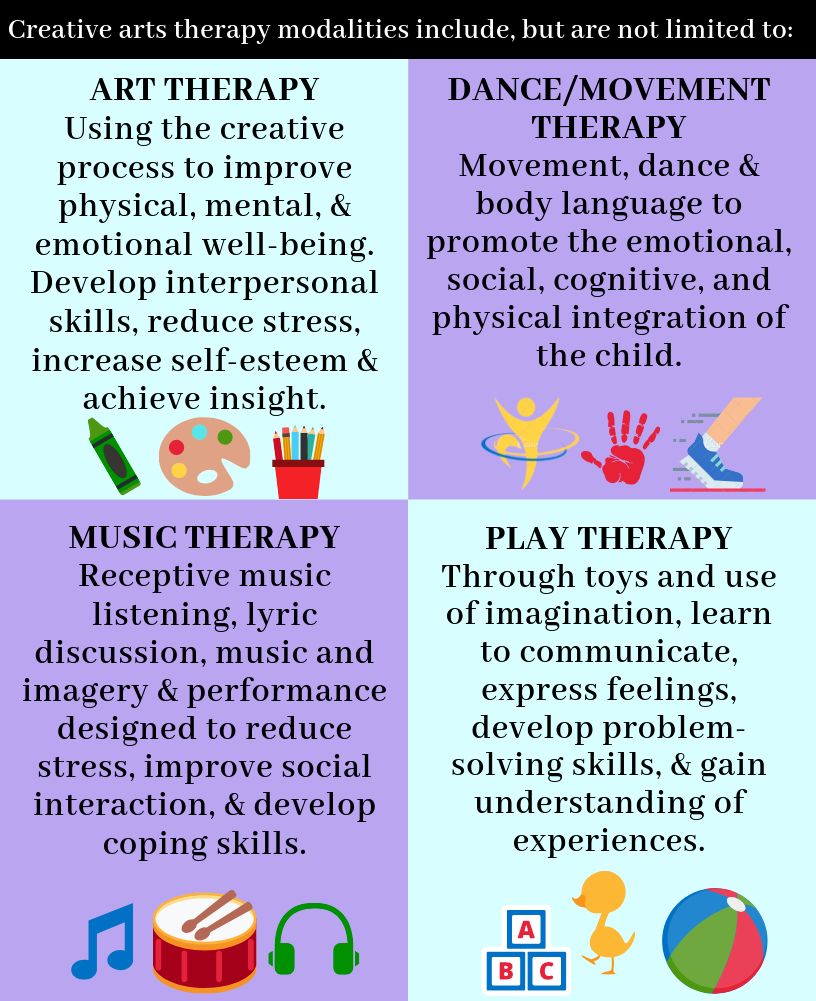Q&A: Creative Arts Therapy helping children heal
Catholic Charities, Diocese of Trenton’s  Providence House Domestic Violence Services is an organization that offers a wide array of services for victims of domestic violence, free of charge. One of these programs is PALS, which stands for Peace: A Learned Solution. It offers creative arts therapy for children ages 3 to 12.
Providence House Domestic Violence Services is an organization that offers a wide array of services for victims of domestic violence, free of charge. One of these programs is PALS, which stands for Peace: A Learned Solution. It offers creative arts therapy for children ages 3 to 12.
In the United States, nearly 20 people per minute are physically abused by a partner. In just one year, that equals more than 10 million women and men. One in 15 children are exposed to this partner violence each year, and 90% of these children witness the violence firsthand, according to the National Coalition Against Domestic Violence. Experts say it’s important for children to heal because childhood trauma can have a lifelong impact.
Linda Girardo-Millard is the PALS coordinator with Providence House in Burlington County. She got her start in the PALS program as an art therapist in Camden County for two years before moving to Providence House in October 2018. Laurie Toole is the PALS coordinator as well, working at Providence House in Ocean County since August 2009. She began working with PALS as a part-time music therapist. She has also worked in the Atlantic County PALS program after working as a music therapist in pediatrics at Mount Sinai.
Q: What happens in the PALS program?
Laurie: PALS is a creative arts therapy program for children who witness domestic violence. It’s a six-month program where children are offered both individual and group sessions. It varies a bit county to county, but there are a variety of modalities offered, including music therapy, art therapy, play therapy, dance/movement therapy, or drama therapy. Sometimes parents also participate in a group where we focus specifically on how to parent a child exposed to domestic violence or trauma. These groups provide an opportunity for parents to workshop ideas together and gain a sense of community.
Linda: I look at the PALS program as a way to communicate and help children express themselves. A child who comes in and doesn’t feel comfortable talking about their feelings or what has happened in their family, or is possibly just shy, could come in and see drums sitting there and often can’t resist trying them. Then they can start playing and expressing themselves in that way.
Q: How did the program get started?
Linda: The PALS program is funded by a state grant. It started in Burlington as a pilot program. Today it’s in 10 of 21 counties. It was initiated by Dr. Linda Jeffrey from Rowan University, who understood that creative arts therapy would help this population.
Understanding Creative Arts Therapy
Q: How does creative arts therapy benefit children?
Laurie: A lot of our work is through third-person play, as play is the language that children most often use to express themselves. Many children can’t verbally process like an adult would in therapy, so this provides them with a language they can understand. The eventual goal is to find that verbal language if possible, but children process and learn through play and gain a mastery over their experiences through creativity so we use those interventions in a way that’s familiar to them.
Linda: It’s one of the few programs that is all creative arts therapies. Having an art therapist, a music therapist, a play therapist, and a dance/movement therapist all collaborating so that one child could receive such a wide variety of modalities is so rare. That’s really what attracted me to this program.
Q: How have you seen the program work?
Laurie: We are fortunate to get positive feedback from parents about the program and specifically about the creative arts therapies. It doesn’t take much to know how to hit a drum, and everyone has picked up a crayon and played with toys, so creative arts therapy is familiar. It gives kids the opportunity to tell their story in a safe place where there’s one person 100% present with them and the kids are leading the way. We very much believe in client-led work, so the children are in charge. If the plans go out the window, it’s fine – it’s usually even better!
Q: What are some challenges you come across?
Laurie: There are some children we see who have witnessed incidents when they were pre-verbal. They do not recognize that they have seen or heard fighting in their families, but we sometimes see symptoms of trauma. Trauma symptoms can mirror other challenging behaviors and may look like ADHD or oppositional defiance disorders. We want to ensure we’re educating on that piece of what trauma looks like, because it can so often look like other diagnoses, and we want parents to have the information they need when seeking out additional help for their children.
Linda: Many of the ADHD symptoms, such as hyperactivity, distractibility, or difficulty in social interactions can point toward possible trauma within the family. Sometimes children can be quick to fight, or prone to getting bullied. Any behaviors that are disruptive may be signs that the child needs help.
Laurie: Other signs are withdrawing, difficulty making appropriate connections and relationships, regressive behavior, trouble sleeping, or parentification.
Q: What’s parentification?
Linda: We see the child fulfilling the role of being a parent. Maybe they take on the responsibility of caring for their siblings, but it can also be seen in only children. The child may even begin to take on the parenting role with the non-offending parent. One of our goals with families is to remind them of their different roles and give the parent the ability to be more assertive.
Pride in PALS
Q: What makes you proud of the PALS program?
Linda: With each family that comes in, we really look at how to work with that family as a whole, and at the same time, we look at ourselves as the PALS family. If you’re bringing someone into your family home, you want them to feel comfortable, safe, and accepted. So we really try to do that here from the start. When they pull up and walk through that door, we want them to exhale and know they are safe and accepted and able to express themselves without judgment.
Linda: The kids know they are here because they have witnessed fighting in their families. But in PALS, they know that other kids in the program aren’t going to judge them or think something is wrong with them.
Laurie: It’s a place without that monster in the closet, or something they have to hide. It’s often unspoken in their conversations about what they’ve seen or heard, but to have the opportunity to be in a safe, judgment-free space can be incredible. Even just seeing other kids in the waiting room is powerful. The kids know why they’re here, and they often find their own strength in knowing they are safe here when exploring their emotions.
Tools for continued growth
Q: How can families continue to progress after leaving PALS?
Laurie: We do a lot of feelings check-ins – whatever that may look like. They can be verbal or through music-making or art-making. Sometimes they will create something personal for a feelings check-in, such as emotion wheels or games. We encourage parents to incorporate family feelings check-ins daily or weekly.
Linda: We promote mindfulness. For example, we have a mindful minute at the start of each parenting support group, which focuses on attending to our breathing and preparing for what’s ahead. We encourage parents to use this at home to teach their children how to self-regulate and self-soothe. We do family nights where they participate in a fun, therapeutic activity. A lot of what we do can be done at home as a way to communicate and bond as a family through creativity.
Q: How do you continue to support families after PALS?
Laurie: They know we are always available for follow-up sessions, so families and kids reach out to us if they need a refresher on the skills they learned at PALS. Others may need significantly more help, if something has changed significantly in the home. Sometimes, we may refer them to another program that can provide for them, because we are often just one step in the road to healing. We want to make sure we are the right step at the right time, so if there is a program that would be a better fit, we want to do all we can to create the most helpful plan.
Laurie: We try to look at the family as a whole and ask how we can help them heal. Often a family will come in to discuss what they need and domestic violence may not even come up. There are so many other needs including household finances, behavior challenges with children, or legal issues. People sometimes assume once you leave an abusive relationship all will be okay, but often families are picking up the pieces and starting over financially. Our families have so much on their plate, and yet they still commit to coming here every week. It’s incredible, and all the work they do to recover is worth celebrating. I’m in awe of our families.
Linda: I tell them at the start that it’s going to be a lot of work. But the more they come and engage, the more they heal and grow.
Subscribe for more news
For more information: Trish Reilly, Catholic Charities communications, [email protected] or (609) 394-5181, ext. 1146.
To subscribe to our blog posts and news releases, fill out the fields below.


